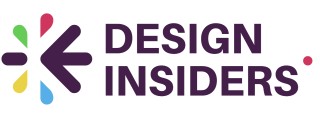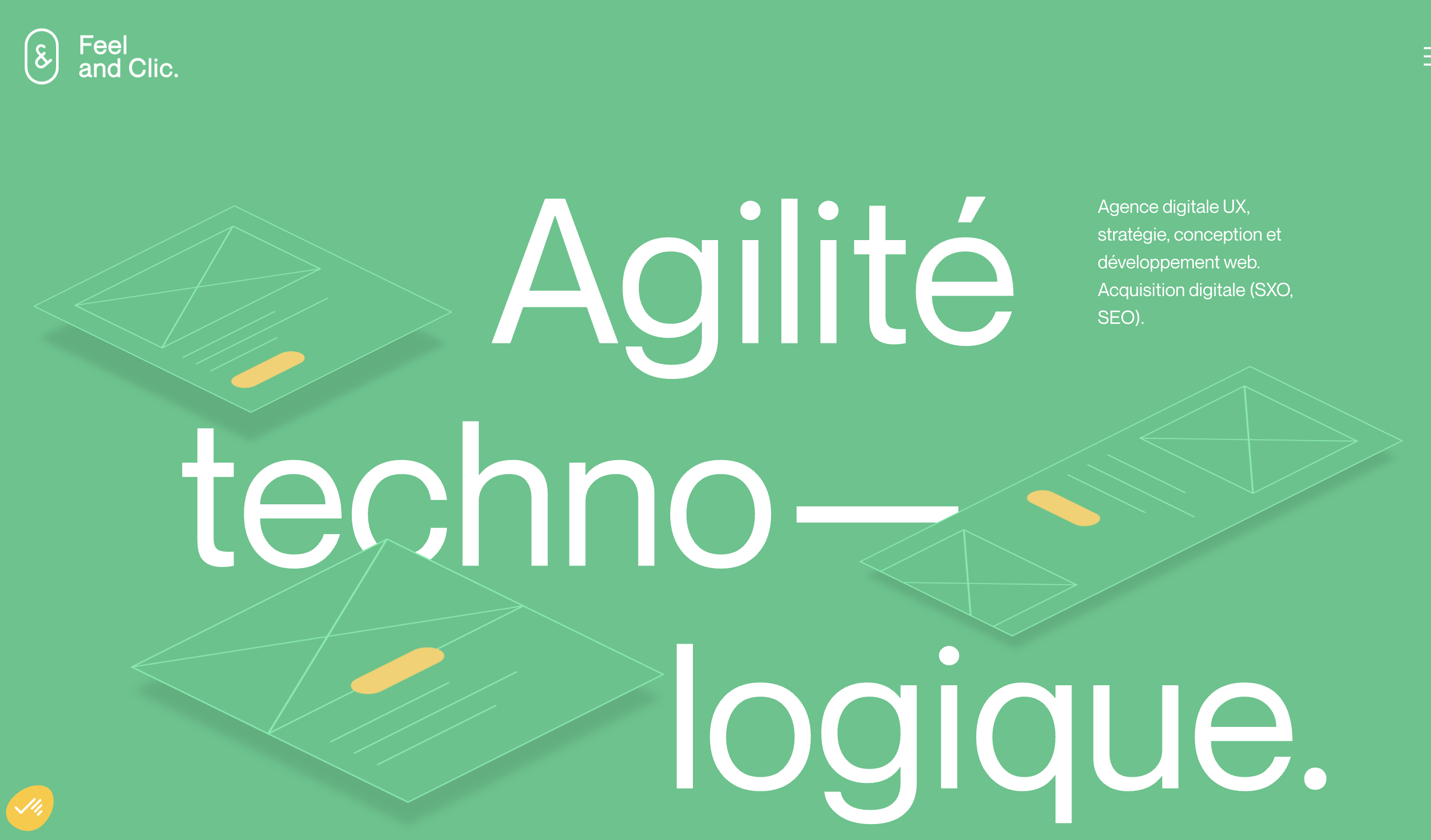
Understanding the Role of Body Copy in Design
Mastering the Art of Subtle Persuasion
Body copy in design is more than just filling space with words; it's the art of subtle persuasion that seeks to inform and engage. In the realm of content marketing, creating effective body copy is essential to convey your message seamlessly, whether it's a product description or a service pitch. Achieving this requires a deep understanding of how main text, headlines, and subheads interplay to form a cohesive narrative.
The choice of typography, such as opting for a sans serif font, greatly impacts the readability and efficacy of your body content. A well-chosen font not only enhances the aesthetic appeal but also supports the legibility of your copy, making it easier for readers to digest information. This is particularly vital in fast-paced digital environments where attention spans are short and distractions are plentiful.
A successful design will integrate principles like short sentences and simple language to maintain clarity and flow. Each word must be carefully selected to support the overall objective, be it to inform, entertain, or prompt immediate action through a call to action. Furthermore, when headlines and subheads are crafted with precision, they guide the reader through the content logically, ensuring engagement at every stage.
For more insights on crafting engaging content that captures attention and converts readers into customers, consider exploring tips on designing impactful visual strategies. Dominate the market with key visual content strategies can provide deeper knowledge in this area.
The Importance of Clarity and Readability
Clarity as a Fundamental Pillar
Body copy plays a critical role in communicating design messages effectively; however, its impact is maximized only when it is crystal clear and easily readable. Ensuring clarity involves using simple language and avoiding jargon, which helps diverse audiences understand the content.
Readability: The Key to Retention
Readability directly influences a reader's decision to engage with content. Professional copywriting suggests using short sentences and concise paragraphs that break down information into digestible parts. This approach aligns with the varied reading habits found across digital platforms.
Choice of Typography
Typography greatly affects the readability of body copy; sans serif fonts are often preferred for digital content due to their clean lines and modern appearance. Pairing appropriate fonts for headlines and subheads enhances the aesthetic appeal, helping readers navigate the main content with ease.
Creating Structure with Headlines and Subheads
Using effective headlines and subheads to segment the main text helps readers quickly locate information, engage with the text, and understand key points. This structure also supports content marketing strategies, guiding users towards desired actions like filling out a form or purchasing a product or service.
Optimizing Formatting and Layout
The design and layout of body text should guide the reader naturally through the content. Implementing pull quotes and call to action buttons in appropriate places helps break up text and maintain engagement. Integrating these elements carefully also supports strategies for engaging visual content.
Engaging Your Audience with Tone and Style
Engage Your Audience Using The Right Tone and Style
When it comes to designing effective body copy, it's essential to make the content not only clear and readable but also engaging. The tone and style of your content play a pivotal role in captivating your audience and eliciting the desired response, whether it's a purchase or an interaction.
The key to engaging copy lies in knowing your audience and tailoring your text to resonate with them. This involves understanding their preferences, interests, and challenges. One effective method is incorporating a conversational tone that makes the body text feel personal and relatable, almost as if you were having a direct conversation with the reader.
Moreover, incorporating a blend of short, succinct sentences and varied sentence lengths can help maintain reader interest. This technique, often used in content marketing, prevents the text from feeling monotonous. Additionally, strategically placed headlines and subheads can help break down the main content into digestible chunks, enhancing readability and engagement.
Typography choices, such as using sans serif fonts for web design, contribute to the overall effectiveness of the copy. A well-chosen font complements the content and makes it easier to read, minimizing visual fatigue.
Another critical element is leveraging the AIDA formula (Attention, Interest, Desire, Action) to keep the audience moving through the copy. Start with a captivating headline to grab attention, build interest through pull quotes or intriguing sentences and paragraphs, evoke desire by highlighting the benefits of your product or service, and finally, lead them to a clear call to action.
Remember, the ultimate goal is to create an engaging experience that resonates with and persuades your audience to take action. Exploring the art of storytelling in design can provide valuable insights into crafting compelling messages that captivate and convert.
Integrating Brand Voice into Body Copy
Infusing Your Unique Brand Voice
In the realm of design communication, integrating your brand voice into the body copy is crucial for establishing a cohesive identity. The body text should not only inform but also reflect the essence of your brand, creating a seamless experience for the reader. This involves a careful balance of tone, style, and content that aligns with your overall brand messaging.
When crafting body copy, consider the following elements to ensure your brand voice is effectively communicated:
- Consistency Across Platforms: Whether it's a web design project or social media content, maintaining a consistent voice across all platforms helps reinforce your brand identity. This consistency in copywriting and design will aid in building trust with your audience.
- Selection of Typography: The choice of fonts, such as sans serif for a modern feel or serif for a more traditional tone, can significantly impact how your body copy is perceived. Typography should complement the brand voice and enhance readability.
- Effective Use of Headlines and Subheads: Headlines and subheads should encapsulate the main message while guiding the reader through the content. They act as signposts, making the main text more navigable and engaging.
- Incorporating Pull Quotes: Pull quotes can highlight key messages or calls to action, drawing attention to important aspects of your product or service. They should be used strategically to emphasize your brand's core values.
By focusing on these elements, you can create body copy that not only communicates effectively but also resonates with your audience, encouraging them to take action. Remember, the goal is to write content that is both engaging and reflective of your brand's unique personality.
Balancing Creativity and Functionality
Achieving Harmony in Copy Design
Crafting compelling body copy is as much about creativity as it is about ensuring functionality. While you may have a passion for creating an engaging narrative, it's essential to ensure that your design choices do not overshadow the core purpose of the content. Here are some essential factors to consider:- Typography Matters: Selecting the right font is crucial. Sans serif fonts often enhance readability, especially in digital content. Your choice of fonts should align with the brand's image and ensure the text is easily readable both in headlines and the main content.
- Sentence Structure and Length: To maintain reader interest, use short sentences. Compact, digestible sentences help in delivering the message effectively. Breaking down text into clear paragraphs aids in maintaining clarity and readability.
- Balancing Aesthetic and Message: The design should neither dilute nor distract from the message. Each element of your body copy, be it pull quotes, subhead body text, or even a call to action, should contribute to the overall communication without overpowering the main text.
- Functional Creativity: While creativity is vital, it should serve the message. The AIDA formula (Attention, Interest, Desire, Action) is an effective tool in ensuring your marketing texts serve their purpose while still appealing to creativity.
Testing and Iterating for Optimal Results
Refining and Perfecting Your Text
Once you've crafted your compelling body text and aligned it with your design goals, the job isn't quite finished. It's vital to test various elements to ensure both creativity and functionality are balanced for optimal results. Testing body copy is an essential step that helps fine-tune your message before it reaches your audience. Here's how to go about it:- A/B Testing: Create different versions of your body copy and test them with diverse segments of your target audience. Pay attention to how changes in sentences, paragraphs, and headlines affect engagement and actions. This trial-and-error approach allows you to determine which version resonates best, leading to more effective content marketing strategies.
- Gathering Feedback: Feedback is crucial in understanding the clarity and impact of your copy. Engage your team and potential customers to gain insights. They can offer valuable perspectives on how your main content is read and perceived.
- Analyzing Metrics: Leverage analytics tools to assess how users interact with your content. Track metrics like time spent on page, bounce rates, and the effectiveness of call-to-action prompts. These insights are invaluable in aligning your content with audience expectations.
- Considering Typography: Fonts, particularly sans serif, play a critical role in readability. Test different typefaces and font sizes to ensure they enhance, rather than hinder, the delivery of your message. Clear and legible typography can significantly improve your text's effectiveness.
- Iterate and Adapt: The best content is flexible and evolves based on real-time results. Continuously tweak and refine your copy, headlines, and design elements as you collect more data. This iterative process helps maintain your content's relevance.














